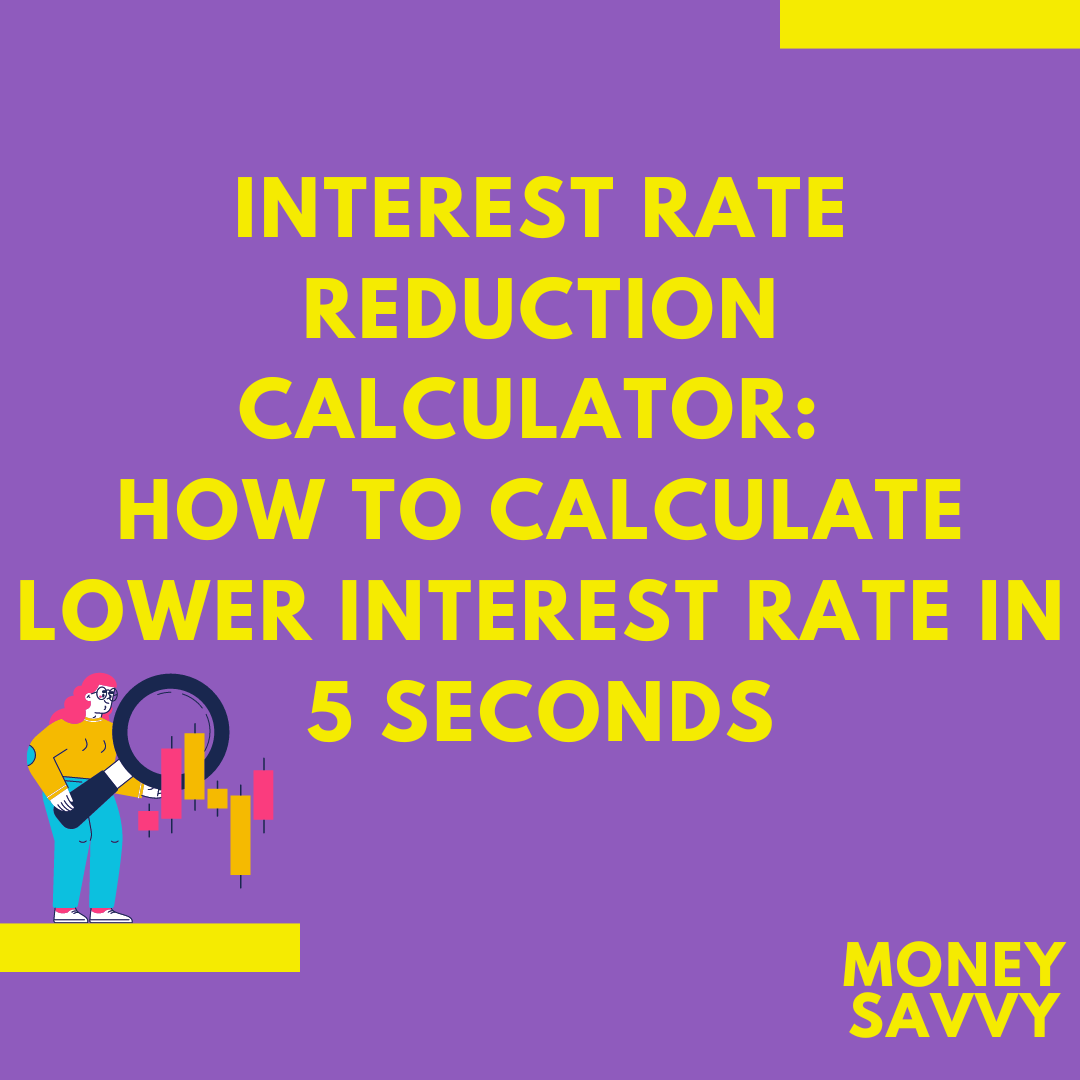
Introduction: What is Interest Rate Reduction Requests
The right to request an interest rate reduction allows borrowers, whether individuals or businesses, to request a lower interest rate on their loans under specific conditions. This mechanism plays a crucial role in alleviating the financial burden on borrowers and enhancing the flexibility of the financial market. In the United States, the concept of requesting an interest rate reduction has gained significance, particularly in times of economic uncertainty and fluctuating interest rates.
The Concept of Interest Rate Reduction Requests
Interest rate reduction requests are predicated on the idea that borrowers, given certain circumstances, should have the opportunity to negotiate for lower interest rates on their existing loans. This can be particularly beneficial in scenarios where the market interest rates have declined since the loan was originally taken out, or when the borrower’s financial situation has significantly improved, warranting a reconsideration of the loan terms.
Lower Interest Rate Calculator
Interest Rate Reduction Calculator
Eligibility and Conditions
To be eligible for an interest rate reduction request in the United States, borrowers typically need to demonstrate one or more of the following conditions:
- Improved Credit Score: A significant improvement in the borrower’s credit score since the initial loan agreement.
- Decreased Market Interest Rates: A general decline in market interest rates, which makes the original loan rate comparatively higher.
- Consistent Payment History: A history of timely and consistent loan repayments, showcasing the borrower’s reliability.
- Enhanced Financial Situation: An overall improvement in the borrower’s financial circumstances, such as increased income or decreased debt.
The Process of Requesting an Interest Rate Reduction
The process for requesting an interest rate reduction generally involves the following steps:
- Assessment of Eligibility: The borrower evaluates their eligibility based on the aforementioned conditions.
- Gathering Documentation: Necessary documents, such as credit reports, payment history, and proof of improved financial status, are compiled.
- Formal Request Submission: A formal request is submitted to the lender, often accompanied by a detailed explanation and supporting documents.
- Negotiation: The lender reviews the request and may enter into negotiations with the borrower to determine a feasible new interest rate.
- Approval and Implementation: If approved, the new interest rate is applied to the existing loan, and the borrower’s repayment schedule is adjusted accordingly.
Benefits and Considerations
Requesting an interest rate reduction can offer several benefits, including lower monthly payments, reduced overall interest costs, and improved financial stability for the borrower. However, it’s essential to consider potential drawbacks, such as fees associated with loan modification or the possibility of a temporary negative impact on the borrower’s credit score.
Conclusion
The right to request an interest rate reduction is a valuable tool for borrowers in the United States, providing a pathway to more manageable loan terms and enhanced financial well-being. By understanding the eligibility criteria, process, and potential benefits, borrowers can effectively navigate this option and leverage it to their advantage in times of economic change. As interest rates continue to fluctuate, staying informed about such financial mechanisms becomes increasingly important for prudent financial management.
